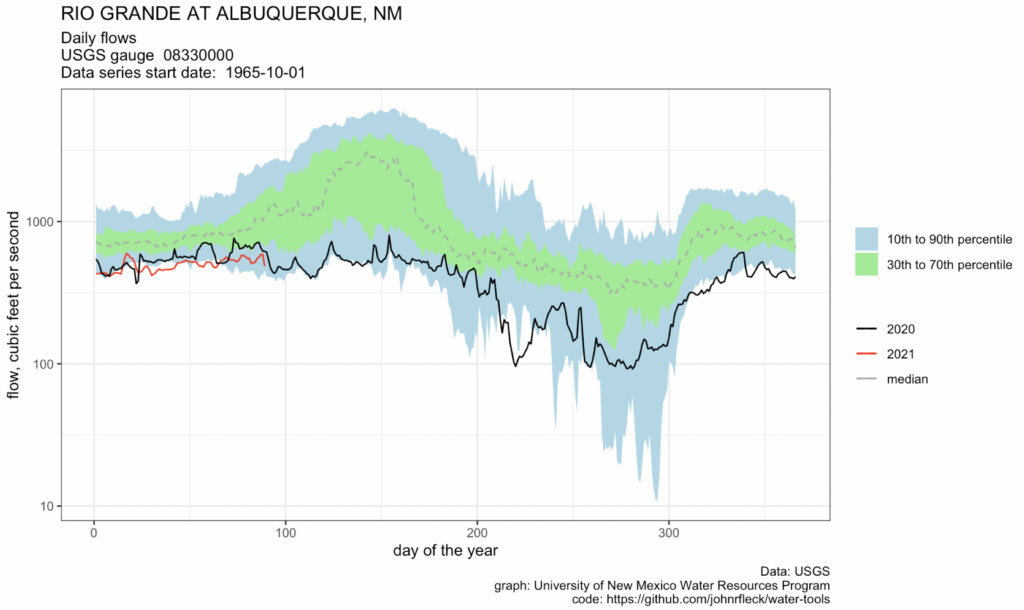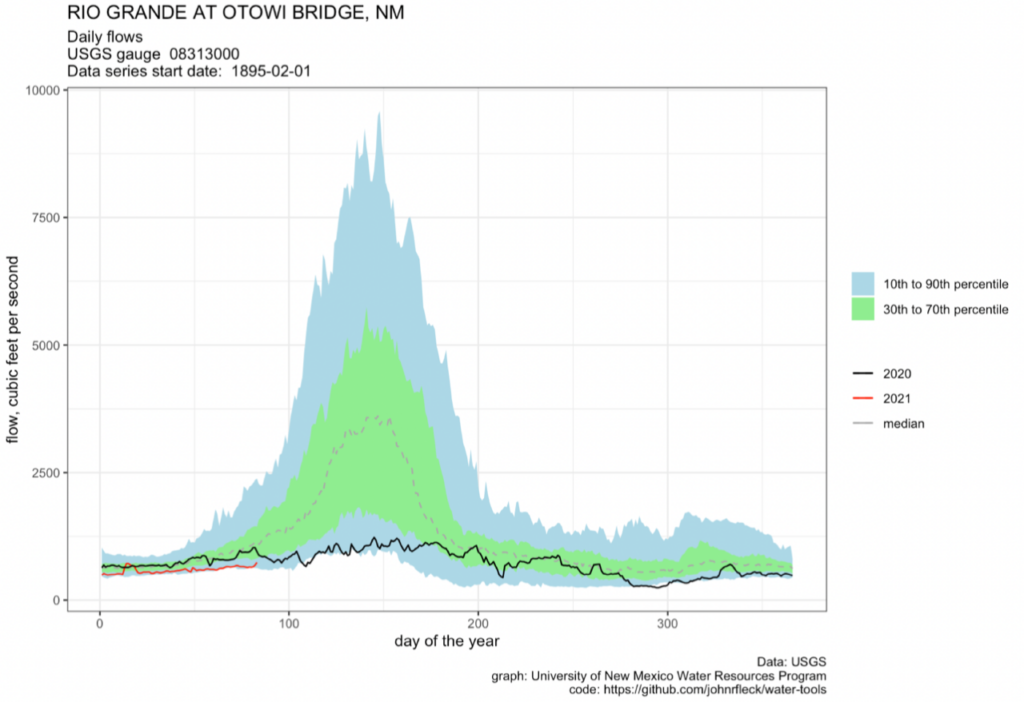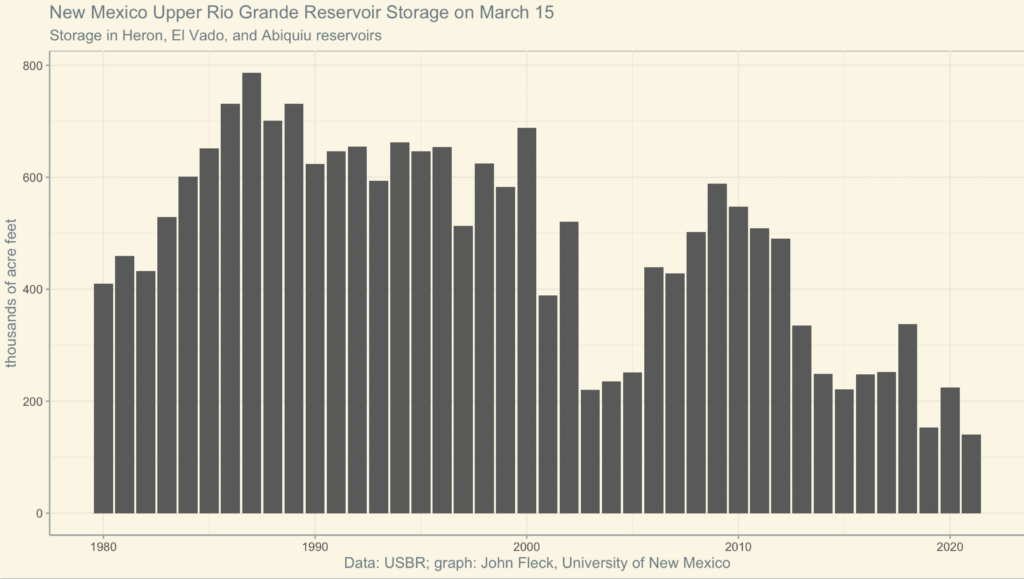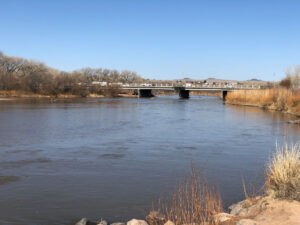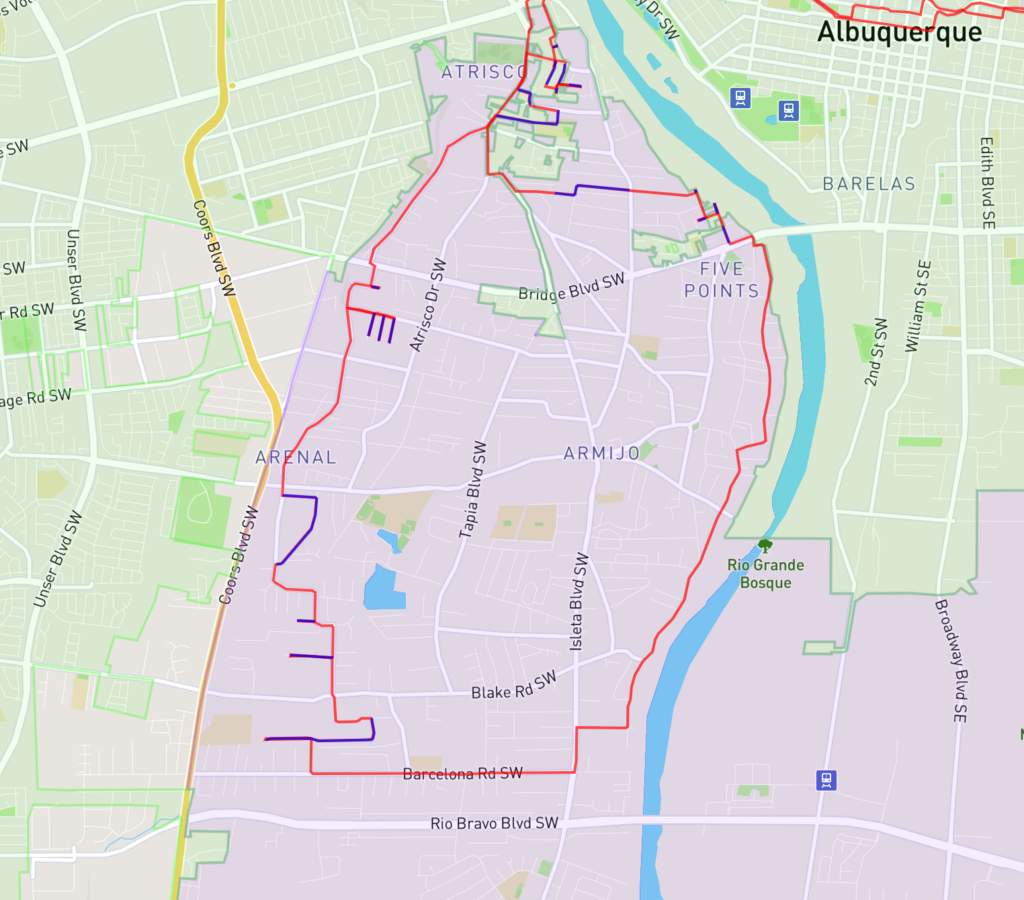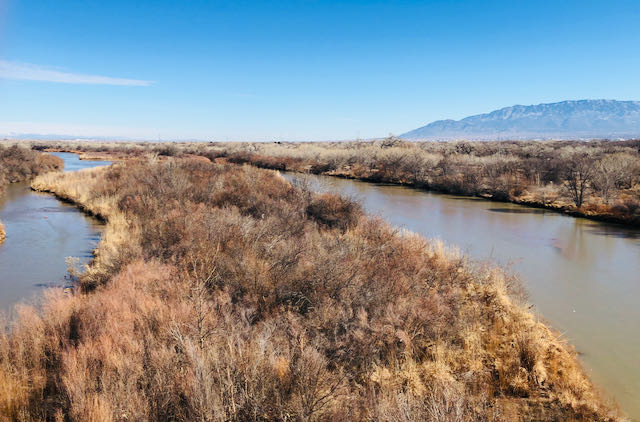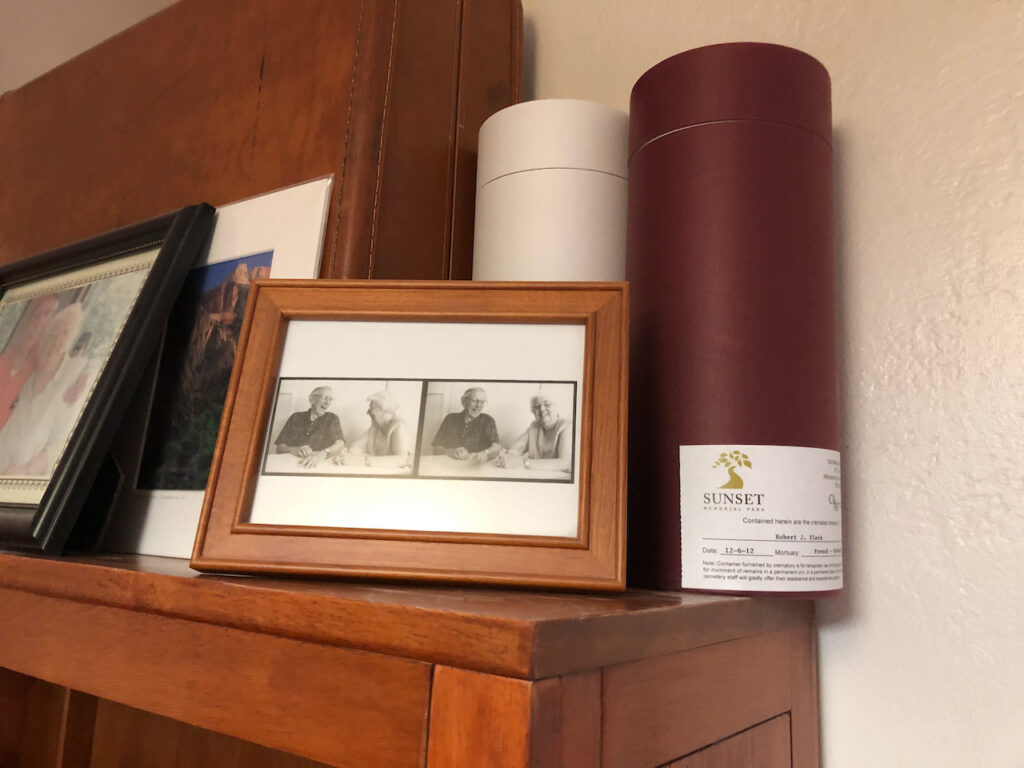
Robert and Elizabeth Fleck, together again
My sister, Lisa, and I had an amusing exchange this morning as we drove home from the funeral home with Mom’s ashes.
She was pretty sure I had Dad’s ashes at my house, but I had no memory of where we’d stashed them. That’s the way it has ever been between us – she’s the one who remembers things.
Turns out he was on the bookshelf in my bedroom, so I dusted the top and put Mom in her resting place next to him.
Together again.
The clash between the expectations and reality of grief, since my mother died three weeks ago at the age of 100, have been a struggle for me. We’ve been doing what a friend described as “pre-grieving” for a long time now as Mom’s dementia robbed her of any apparent awareness of the world around her, and Dad’s for many years before that.
It’s been more than a decade of long, slow grieving.
Lisa, who has a grace about these things, visited Mom almost daily anyway, talking in case there was still a Mom brain inside there who could hear. I have less grace, but Lisa fortified what I had and we would still visit, together, once a week, wheeling Mom into the nursing home garden when the weather was warm enough and talking in a way that included her when we could.
Covid lockdown – two days before Mom’s 100th birthday last March – robbed us of this. But when we got the mid-February call that Mom’s body was finally shutting down for good – not of Covid, she’d already survived that – the folks at the nursing home arranged a few last visits for us to say goodbye.
I’m the writer in the family, so I offered to write the obituary, then wallowed in the task, suffering a bout of writer’s block as agonizing as any I’ve experienced. “It is impossible,” Elliott wrote in Prufrock, “to say just what I mean.”
But as if a magic lantern threw the nerves in patterns on a screen:
Would it have been worth while
If one, settling a pillow or throwing off a shawl,
And turning toward the window, should say:
“That is not it at all,
That is not what I meant, at all.”
It is hard say this with confidence, my memory not being as crisp as Lisa’s, but in my telling my mother is the reason, or at least half the reason, I am a writer. Her gift, first and foremost, was to bestow upon me the unerring confidence that I could do whatever I wanted. From the beginning I wanted to be a writer, because she had wanted to be one.
My father was the other half of the reason, an artist who labored joyfully at his craft his whole life.
Often I do not fully know just what I mean until I try to write it, to find a voice in which to say just what I mean.
It made me so very happy, and grateful, this morning to see them together again.
